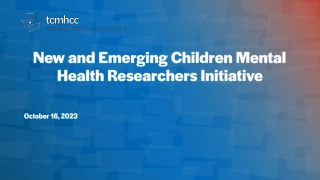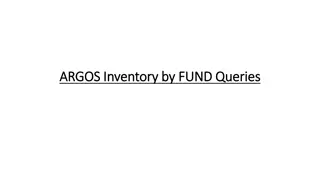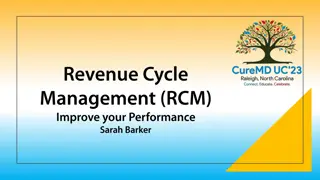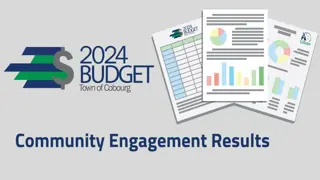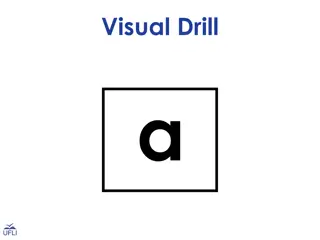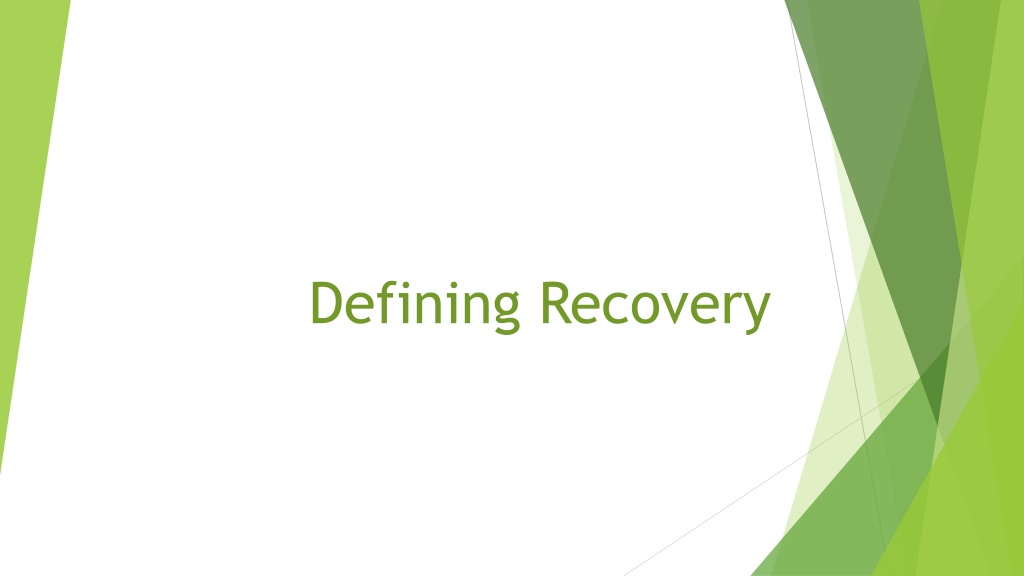
Understanding Recovery and Recovery Capital for Wellness
Explore the definition of recovery by SAMHSA, dimensions of recovery, and guiding principles. Learn about language shifts in describing addiction and the importance of personal and human recovery capital for successful recovery journeys.
Download Presentation

Please find below an Image/Link to download the presentation.
The content on the website is provided AS IS for your information and personal use only. It may not be sold, licensed, or shared on other websites without obtaining consent from the author. If you encounter any issues during the download, it is possible that the publisher has removed the file from their server.
You are allowed to download the files provided on this website for personal or commercial use, subject to the condition that they are used lawfully. All files are the property of their respective owners.
The content on the website is provided AS IS for your information and personal use only. It may not be sold, licensed, or shared on other websites without obtaining consent from the author.
E N D
Presentation Transcript
Objectives Recall the definition of recovery as developed by Substance Abuse Mental Health Services Administration s (SAMHSA); Recall the four dimensions of recovery; and Recognize the ten guiding principles of recovery.
Recovery A process of change through which individuals improve their health and wellness, live a self-directed life, and strive to reach their full potential.(SAMHSA, 2011).
Language Shift Old Language Newer Language Drunkard Sobriety Inhibit Clean time Alcoholism Deceleration of use Junkie Person in recovery Chemical Dependency Substance Use Disorder
Recovery Capital Internal and external assets are necessary for successful recovery. Focusing on Recovery Capital shifts the emphasis from the pathology of addiction to the quality of life that the individual can acquire in recovery (Cloud & Granfield, 2004).
Personal Recovery Capital Physical Personal Recovery Capital Physical health Financial assets Health insurance Safe shelter that is conducive to recovery Clothing Food Access to transportation
Human Recovery Capital Values Knowledge Education, Vocational training and credentials Problem-solving skills Interpersonal communication skills Problem-solving skills Self-awareness, self-esteem and sense of self-efficacy Hopefulness and optimism A sense of meaning in life A perception of one s past, present, and future
Other areas of Recovery Capital Family/Social Community
References Ducker, G. (2015, September 17). Recovery to Practice. Retrieved September 01, 2018, from https://www.samhsa.gov/recovery-to-practice


